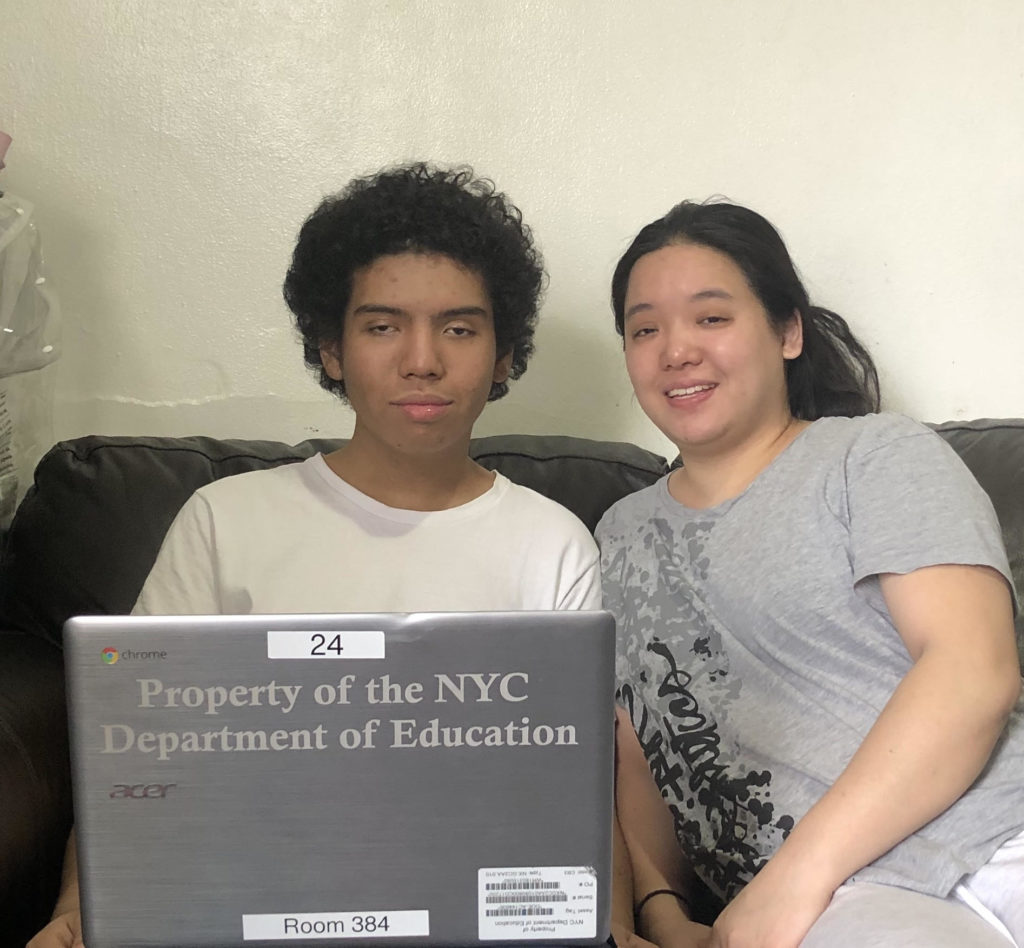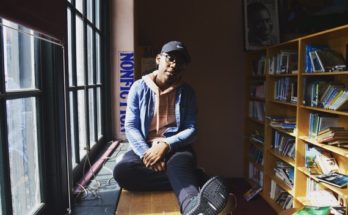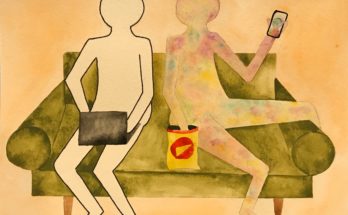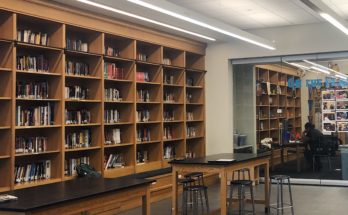For students with disabilities, a closed school means losing more than a classroom

Amy Tsai faced a difficult choice. Three years ago, her son’s middle school encouraged her to switch him out of a self-contained class with a small number of students in special education and place him in a general education classroom.
Tsai struggled for years to find the right environment for her son, who has multiple disabilities–learning and visual impairment, and was concerned he would not fit in. She was also nervous about sending him to a school in Manhattan, a long train ride away from the family’s home in the Norwood neighborhood of the Bronx. But his school administrators said her son, Seanmichael’s, had potential for success.
Tsai took the chance, and Seanmichael’s made huge progress. For a boy who was previously withdrawn, and preferred playing with spinning toys to working in groups, Seanmichael’s, now 14, has begun to blossom. The teenager is happier, his mother said, and now has small conversations with his mother about his day.
In addition to time he would spend in his general education classroom, Seanmichael’s also receives speech therapy, and visual impairment services that are designated in his Individualized Education Plan—his personal learning, services and support agreement.
“To see that 360 degree change,” she said. “It really makes a parent happy.”
Tsai’s worry now is that her son’s fragile but steady progress may fall apart. When the city’s school shut down in mid-March to stop the spread of the novel coronavirus, many of the system’s 200,000 students with disabilities were suddenly cut off from their network of legally mandated services: from speech therapy and counseling, to transportation, and from physical and occupational therapy.
Parents like Tsai wonder if it’s possible to remotely educate students with disabilities at all. “It’s a scary moment,” said Tsai, who also serves at a parent advocate for District 75, which serves the system’s students with multiple and the most severe disabilities. “For a child who is already isolated because of their disability, it’s even scarier.”
Of the 1.1 million public school students in NYC, 26,000 are enrolled in District 75, which includes a constellation of 60 schools with specialized services scattered throughout the city. Students who receive District 75 students represent some of the city’s most vulnerable: 85 percent live in poverty; nearly one-quarter of students are English language learners. The student body is 75 percent Black and Latino, compared to the DOE’s average of 60 percent, and male students outnumber female students three to one.
“It’s a scary moment,” said Amy Tsai, parent advocate for District 75, which serves the system’s students with multiple and the most severe disabilities. “For a child who is already isolated because of their disability, it’s even scarier.”
Schools Must Fulfill their Legal Responsibility to Students
Special education services are mandated by the federal 1975 Individuals with Disabilities Act (IDEA) that guarantees a free and appropriate education to students with disabilities. At the end of April, Education Secretary Betsy DeVos recommended that schools uphold the law during this period of forced school closures.
As schools struggle to understand what this federal recommendation means, advocates say schools must still communicate and involve parents in this process. Advocates for Children’s accessibility expert Maggie Moroff pushed hard for the city’s Department of Education to make families aware that they should have a voice in the development of student learning plans.
“I don’t think they would have gotten there if it wasn’t for parents and advocates loudly clamoring for that,” Moroff said, of the Department of Education’s efforts to adapt.
“Even in the best of times, different schools approach family involvement and voice differently,” Moroff added.
Despite Gov. Andrew Cuomo’s push to reimagine education as “virtual schooling,” many services students with disabilities need have no online substitute. “Students with disabilities are dependent on routine,” said Rita Levey, an occupational therapist, speaking on Zoom during a public meeting. Levey has transitioned to telehealth, since in-person therapy with her students is no longer possible. “They’re also dependent on individual relationships with providers, and that has also been disrupted.”
What Students and Families Could Lose
The stakes are high: individuals with disabilities are at higher risk for increased anxiety and depression compared to those of typical cognitive abilities. This risk is further elevated for children who already have histories of anxiety or depression, said Mary Beth Spivak, a clinical psychologist who serves students with disabilities.
With a lack of hands-on care, students also risk losing valuable gains made over the school year. In school, students like Seanmichael’s receive daily therapy to practice life skills neurotypical people often take for granted, such as holding a fork, or the ability to tie shoelaces. Families of students with disabilities are reporting that their children are losing these skills, and the motivation or focus to practice.
Now, parents of students with disabilities find themselves in the difficult position of acting as an untrained teacher and counselor, in addition to caregiver and breadwinner.
“I already got pressured to do a lot of the therapist work and felt overwhelmed,” said a parent who commented on Zoom, whose name is being withheld. “I have no support, I am teaching three children at the same time.”
The mother also voiced a concern about social services, which some parents fear will be used against them by schools.
“It’s a lot of pressure.” she said.
This week, Tsai spoke to her son’s counselor for the first time in six weeks, in the hopes of recreating Seanmichael’s’ schedule and routine. “It’s really tough,” she said. “This community is small but our voice needs to be heard.”
Tsai’s experiences as a first-time mom to a student with disabilities led her to join the Citywide Education Council for District 75, an elected public advocacy group providing outreach and resources to families and students who receive the District’s programs.
Of Tsai’s five children, two have IEP’s. Tsai has a disability herself. As a child, she overcame the challenges of general education in New York public schools by creating her own accommodations. Now, she’s committed to sharing lessons learned so that other families, and her children, know what resources exist for them.
“My kids know that they are their own advocates in the classroom,” Tsai said. “It’s not about taking shortcuts, they should be receiving help like any other kid.”
The right kind of help can transform a child’s world. In the fall, Seanmichael’s Tsai begins high school, in a District 75 inclusion program. Whether his classes will be in a school building, or online, remains uncertain.



